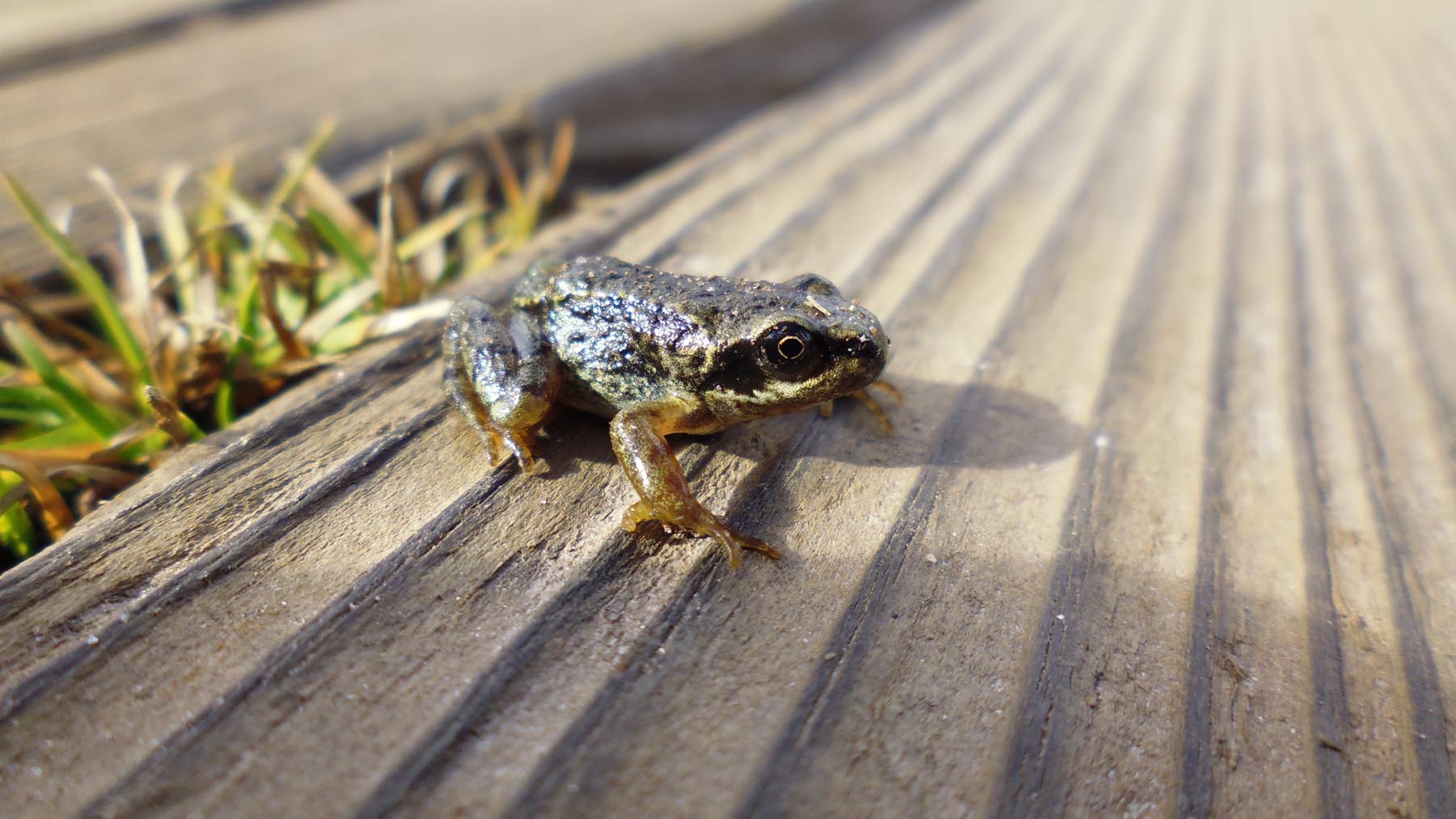WasserCluster Lunz (Master)
Operator: WasserCluster Lunz – Biologische Station GmbH
DEIMS-SDR Database: WasserCluster Lunz
Contact: Libor Závorka
Site description
The Lunzer See/Seebach (Lower Austria) LTER site is operated by the WasserCluster Lunz – Biologische Station GmbH and serves as a long-term research and monitoring area. The site aims to achieve a better understanding of ecosystem causal relationships and of the interactions between fundamental processes in aquatic ecosystems. The WasserCluster Lunz is an inter-university center for research into aquatic ecosystems and water-related research issues, founded by the University of Vienna, the Vienna University of Natural Resources and Life Sciences, and the Danube University in Krems. The WasserCluster Lunz is funded by the Federal counties of Lower Austria and Vienna and by the Federal Ministry of Science and Research. The long-term research program initiated by WasserCluster Lunz, ExtremAqua, investigates in detail the consequences of extreme weather events and climatic changes, e.g. on the nutritional flows in waters, the carbon dioxide cycle and its release into the atmosphere as well as effects on biodiversity within the aquatic environments. Long-term research is in this situation the only option to attain a comprehensive understanding of the likely changes underway in these relationships and processes. At national level, the ExtremAqua research program and the WasserCluster Lunz are spatially and institutionally embedded within the Eisenwurzen research platform. This is one of the two centers for long-term socio-ecological research in Austria, the other being the “High Alps” in the Tyrolean Alps.

Numerous institutions that are engaged with basic research, ecosystem research and monitoring and socioeconomic research currently belong to the Eisenwurzen platform. In the international context, Lunzer See is the first lake in Austria to become a member site within the Global Lake Ecological Observatory Network (GLEON; http://www.gleon.org). This membership marks the beginning of joint measurement programs together with international partners and thus creates the basis for continual carbon measurement in lakes. An aim is to strengthen the role of the WasserCluster Lunz as initiator of carbon measurement in lakes through international cooperation. Existing research cooperation with universities and non-university research institutions provides an important basis for this. In terms of measurement technology, the Lunzer See/Seebach site is a highly equipped landscape ecology catchment area and represents a typical as well as very natural site within the Northern Limestone Alps. Online measurements of carbon dioxide, oxygen and methane in Seebach, in Lunzer See and in the atmosphere enable high temporal resolution analysis of the exchange processes. The weather records at the Biological Station climate monitoring station extend back to 1898 and complete records are available from 1926 onwards.
Publications
- Horvath, Zs.; Vad, C.F.; Preiler, C.; Birtel, J.; Matthews, B.; Ptacnikova, R.; Ptacnik, R.; (2017): Zooplankton communities and Bythotrephes longimanus in lakes of the montane region of the northern Alps Inland Waters, in press.
- Kainz, M.J.; Rasconi, S.; Ptacnik, R.; Hager, H.; (2017): Changes in lake surface water temperature and ice-cover in sub-alpine Lake Lunz, Austria. Inland Waters, in press.
- Guo, F.; Kainz, M.J.; Valdez, D.; Sheldon, F.; Bunn, S.E.; (2016): High-quality algae attached to leaf litter boost invertebrate shredder growth Freshwater Science 35(4), doi: 10.1086/688667.
- Rudy, M.D.; Kainz, M.J.; Graeve, M.; Colombo, S.M.; Arts, M.T. (2016): Handling and Storage Procedures Have Variable Effects on Fatty Acid Content in Fishes with Different Lipid Quantities Plos One, doi: 10.1371/journal.pone.0160.
- Weigelhofer, G.; Pölz, E.-M.; (2016): Data Quality in Citizen Science Projects: Cahallenges and Solutions In: Heigl, F.; Dörler, F.; Weigelhofer, G.; Zaller, J.G. (Eds), Proceedings of the 2nd Austrian Citizen Science Conference 2016, Front. Environ. Sci. Conference abstracts, 22-28.
- Hixson, S.M.; Sharma, B.; Kainz, M.J.; Wacker, A.; Arts, M.T.; (2015): Production, distribution, and abundance of long-chain omega-3 polyunsaturated fatty acids: a fundamental dichotomy between freshwater and terrestrial ecosystems Environmental Reviews, 10.1139/er-2015-0029.
- Jardine, T.D.; Woods, R.; Marshall, J.; Fawcett, J.; Lobegeiger, J.; Valdez, D.; Kainz, M.J.; (2015): Reconciling the role of organic matter pathways in auatic food webs by measuring multiple tracers in individuals Ecology 96 (12), 2015, 3257 - 3269.
- McMeans, B.C.; Koussoroplis, A.M.; Arts, M.T.; Kainz, M.J.; (2015): Terrestrial dissolved organic matter supports growth and reproduction of Daphnia magna when algae are limiting Journal of Plankton Research, DOI: 10.1093/plankt/fbv083.
- Rasconi, S.; Gall, A.; Winter, K.; Kainz, M.J.; (2015): Increasing Water Temperature Triggers Dominance of Small Freshwater Plankton PLOS ONE, DOI: 10.1371/journal.pone.
- Boehm, M., Schultz, S., Koussoroplis, A.-M., Kainz, M. J. (2014): Fatty acid map in the world's most consumed freshwater fish – tissue-specific lipid response to different diets in common carp (Cyprinus carpio L.). PLoS ONE, early view.
- Koussoroplis, A.-M., Nussbaumer, J., Arts, M. T., Guschina, I., Kainz, M. J. (2014): Famine and feast in copepods: effects of temperature and diet on fatty acid dynamics of a freshwater calanoid copepod. Limnol. Oceanogr., 59, 947-958.
- Murray D. S., Hager, H. H., Tocher, D. R., Kainz, M. J. (2014): Docosahexaenoic acid in Arctic charr (Salvelinus alpinus) - the importance of dietary supply and fish physiology. Comp. Physiol. Biochem., in press.
- Murray, D. S., Hager, H. H., Tocher, D. R., Kainz, M. J. (2014): Effect of partial replacement of dietary fish meal and oil by pumpkin kernel cake and rapeseed oil on fatty acid composition and metabolism in Arctic charr (Salvelinus alpinus). Aquaculture, 431: 85-91.
- Schultz, S., Koussoroplis, A.-M., Changizi-Magrhoor, Z., Watzke, J., Kainz, M. J. (2014): Short-term feeding strongly increases polyunsaturated fatty acid concentrations in farm-raised common carp (Cyprinus carpio L.). Aquacult. Res. Early view. doi:10.1111/are.12373.
- Koussoroplis, A-M., Kainz, M. J., Striebel, M. (2013): Fatty acid retention under temporally heterogeneous dietary supply in a cladoceran. Oikos 122: 1017-1026. DOI: 10.1111/j.1600-0706.2012.20759.x.
- Schultz, S., Vallant, B., Kainz, M. J. (2012): Preferential feeding on high quality diets decreases methyl mercury in farm-raised common carp (Cyprinus carpio L.). Aquaculture 338-341: 105-110. http://dx.doi.org/10.1016/j.aquaculture.2012.01.006.
- Heissenberger, M., Watzke, J., and Kainz, M. J. (2010): Effect of nutrition on fatty acid profiles of riverine, lacustrine and aquaculture-raised salmonids of pre-alpine habitats. Hydrobiologia 650: 243-254.
